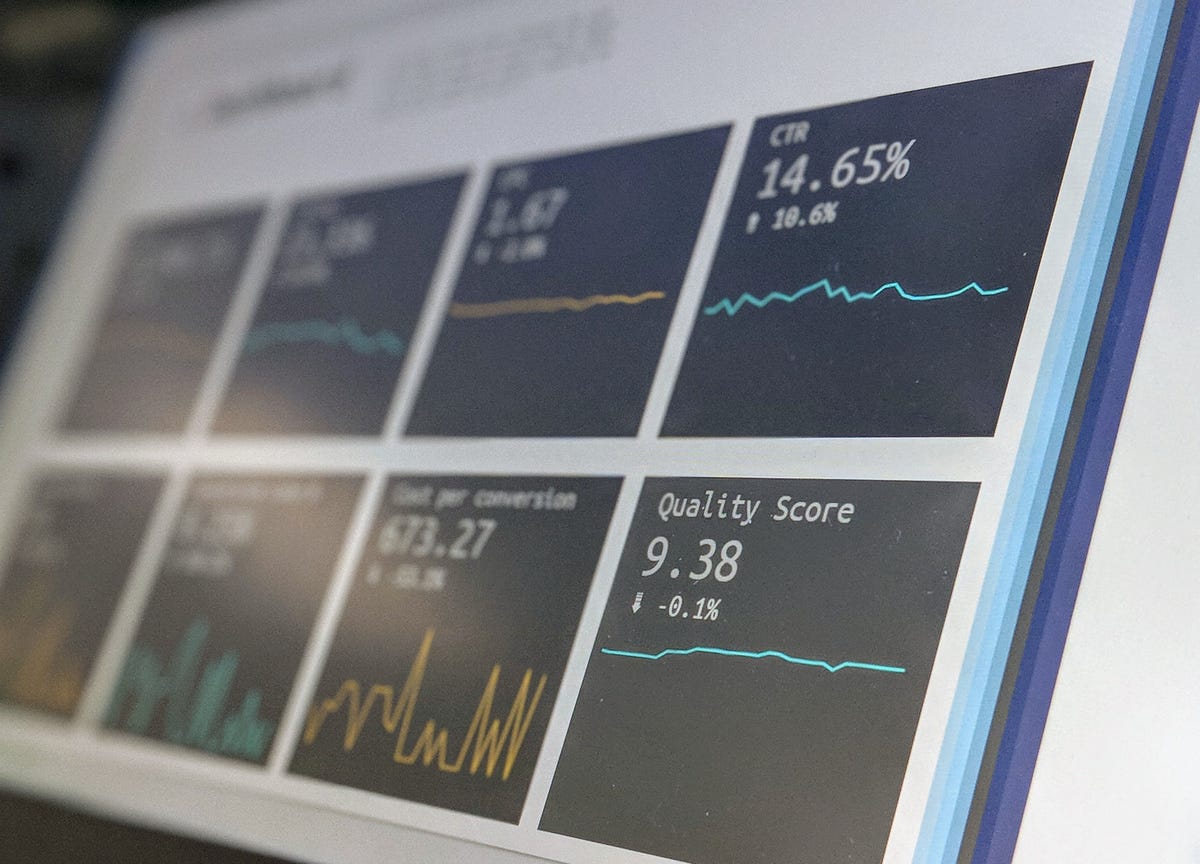Before moving ahead with this post I would highly encourage you to be aware of Survival Analysis as the main focus of this post will be on Survival Functions though a brief intro to survival analysis has been provided.
What is Survival Analysis?
Survival Analysis is a modelling technique used to model time to an event ie. it is used to know how long will it take for an event to occur. The events could be time to death after a heart attack, time to get a job after graduation, the time till which a couple stays married or time till which a machine works properly, etc.
Survival Analysis consists of three parts:
- Collecting and processing survival data
- Choosing a survival function
- Performing analysis via different methods
What is a Survival Function
It is a function which helps us to know that whether or not an object of interest is gonna survive beyond the specified time. This object of interest can be a patient, a machine or anything else.
Mathematically a survival function is denoted by S which is quite obviously a function of time. Survival function can be also interpreted as the probability that a certain object of interest will survive beyond a certain time t.
So it can be represented as:
S(t) = P(T >t)
Here T is the random lifetime which is taken from the population on which the survival analysis has to be performed and hence it is non zero
The value of the function lies between 0 and 1(inclusive) and it is a non-increasing function.
The Survival Function is sometimes also referred to as **survivor function **or reliability function.
The survival function S(t) can also be related to the cumulative distribution function F(t) in the following way:
S(t) = 1 - F(t)
Hence it is also called a complementary cumulative distribution function.
How to interpret a survival function?
Let’s look at an arbitrary example to see how do we interpret a given survival function.

Arbitrary Survival Function
After looking at the above survival function we can say that only 25% of the total population under observation survives longer than 4 months.
We can make more predictions like what percentage of the population survives more than 6 months which will be around 17%, etc.
Note: This is not the only way of interpreting the survival function and other interpretations like median survival can also be made as per the need of the analyst.
Types of survival functions:
Survival functions are mainly divided into two categories: parametric survival functions and non-parametric survival functions. This differentiation is based on parameters which can be mean, standard deviation, median, etc.
Let’s have a look at some of the parametric survival functions:
1.Exponential survival function
In this kind of function, the probability of failure is the same in every time interval, no matter what the age of the object of interest is, so the age of the subject does not affect the probability.

Exponential survival function
2.Weibull survival function:
This function actually extends the exponential survival function to allow constant, increasing, or decreasing hazard rates where **hazard rate **is the measure of the propensity of an item to fail or die depending on the age it has reached.
#data #survival-analysis #analytics #data-science #data analysis
